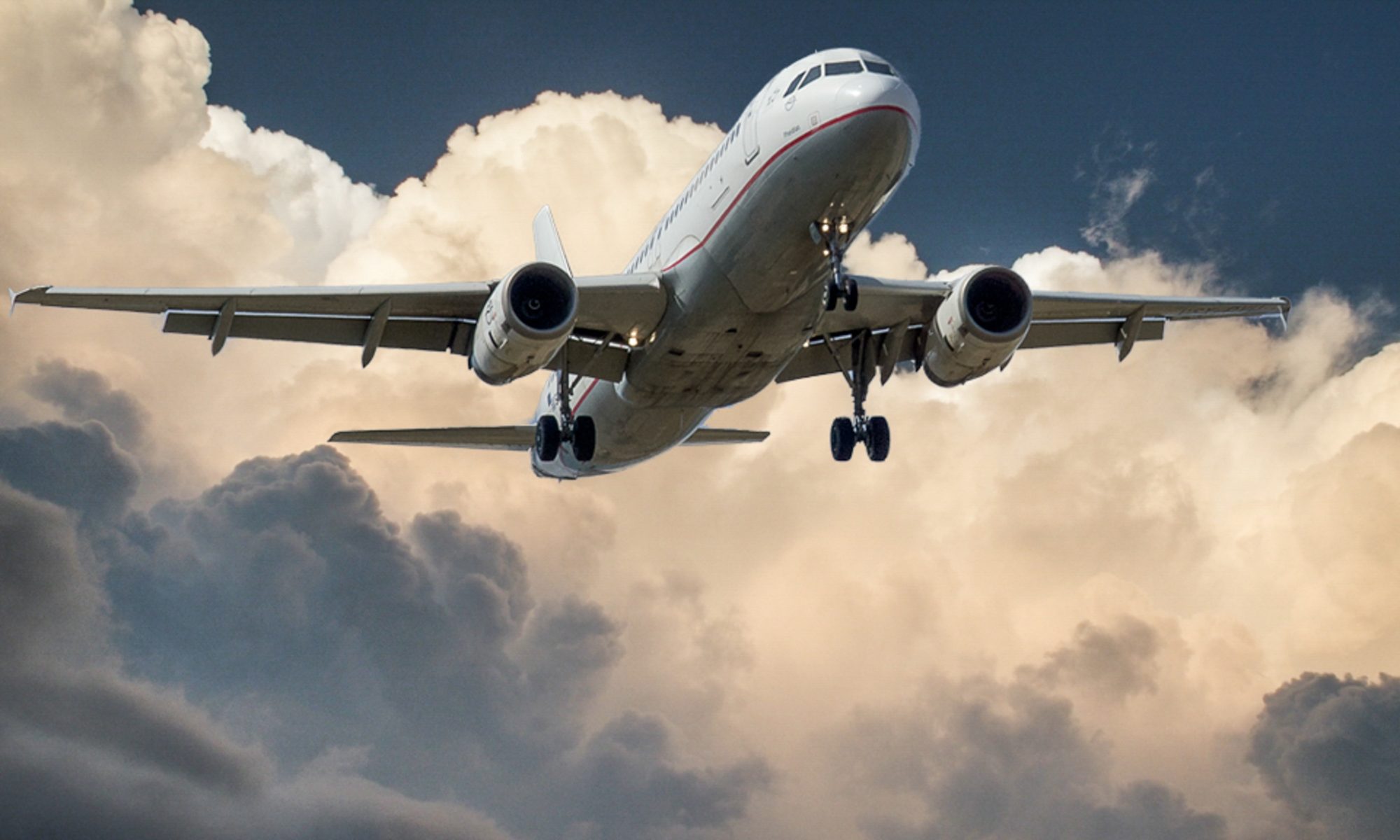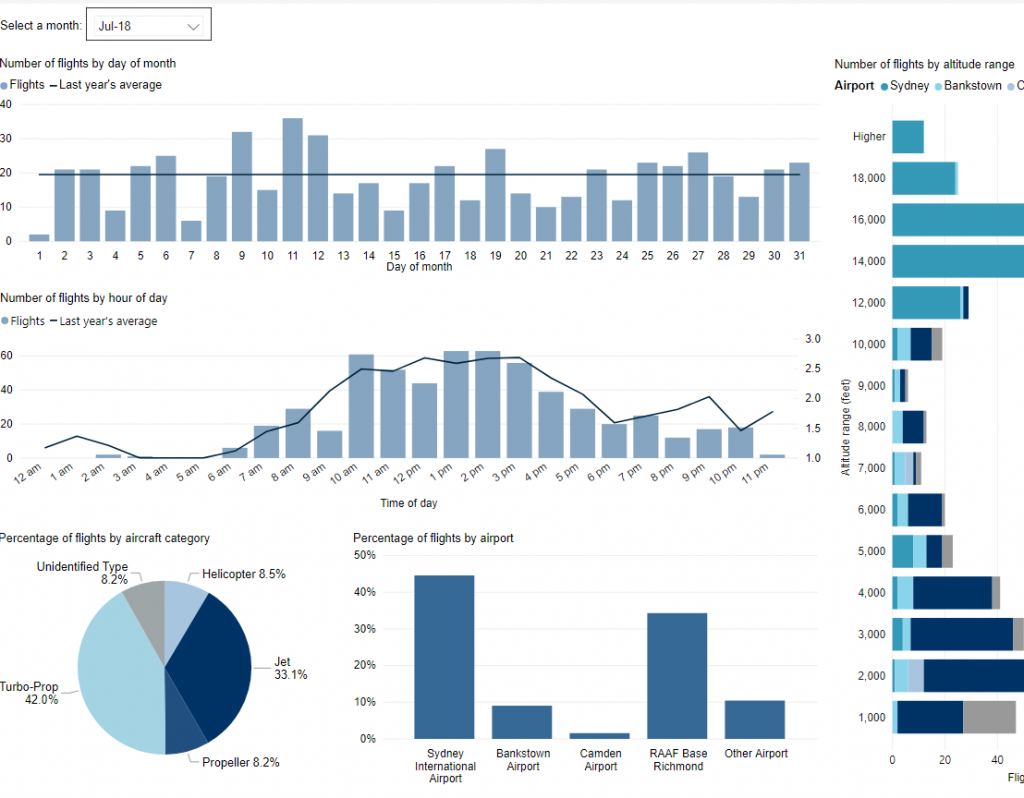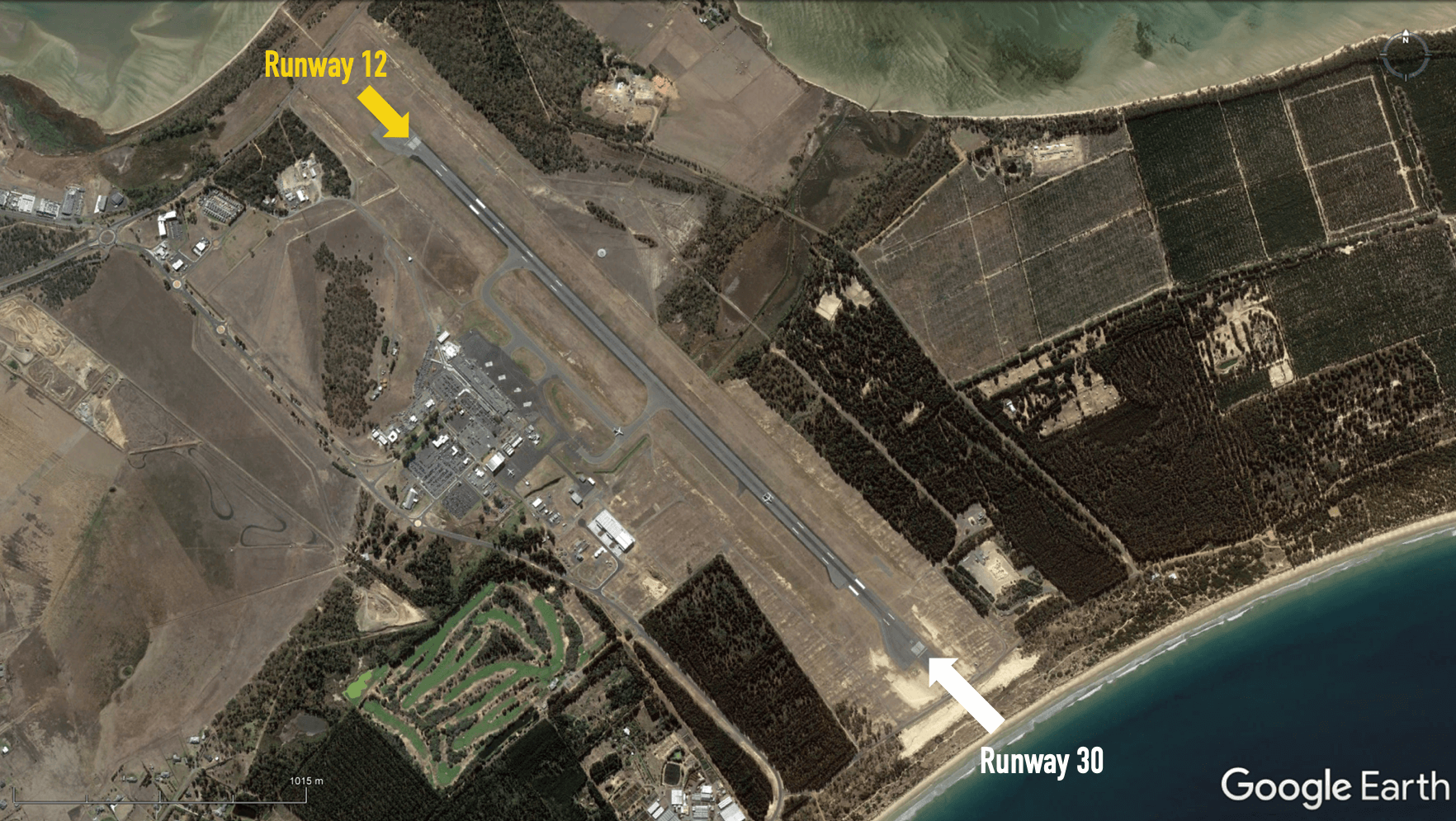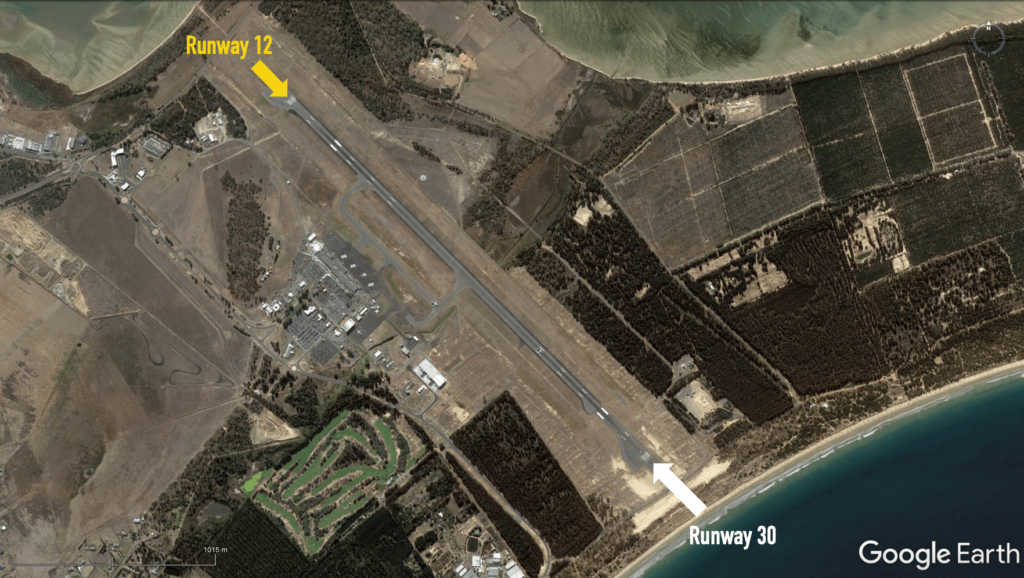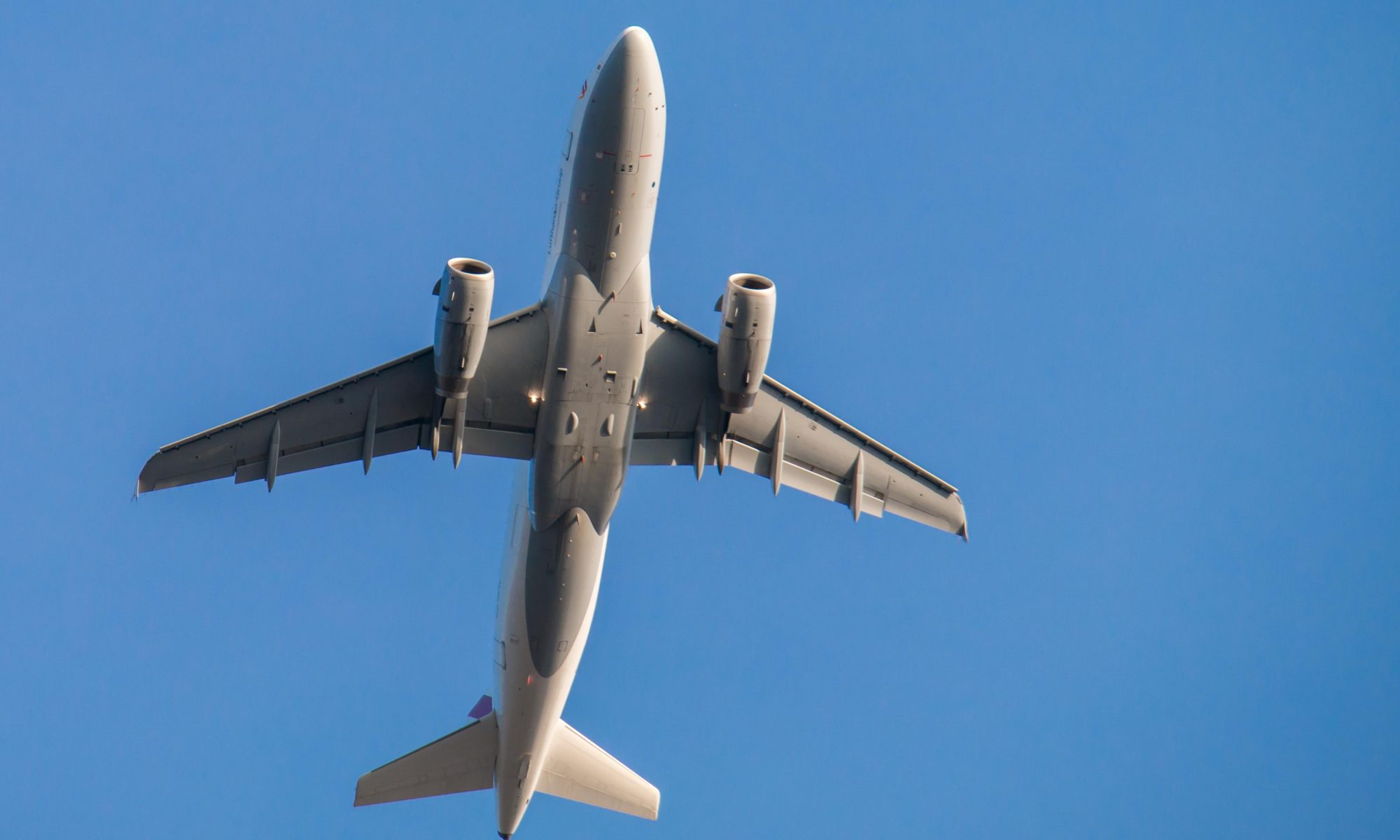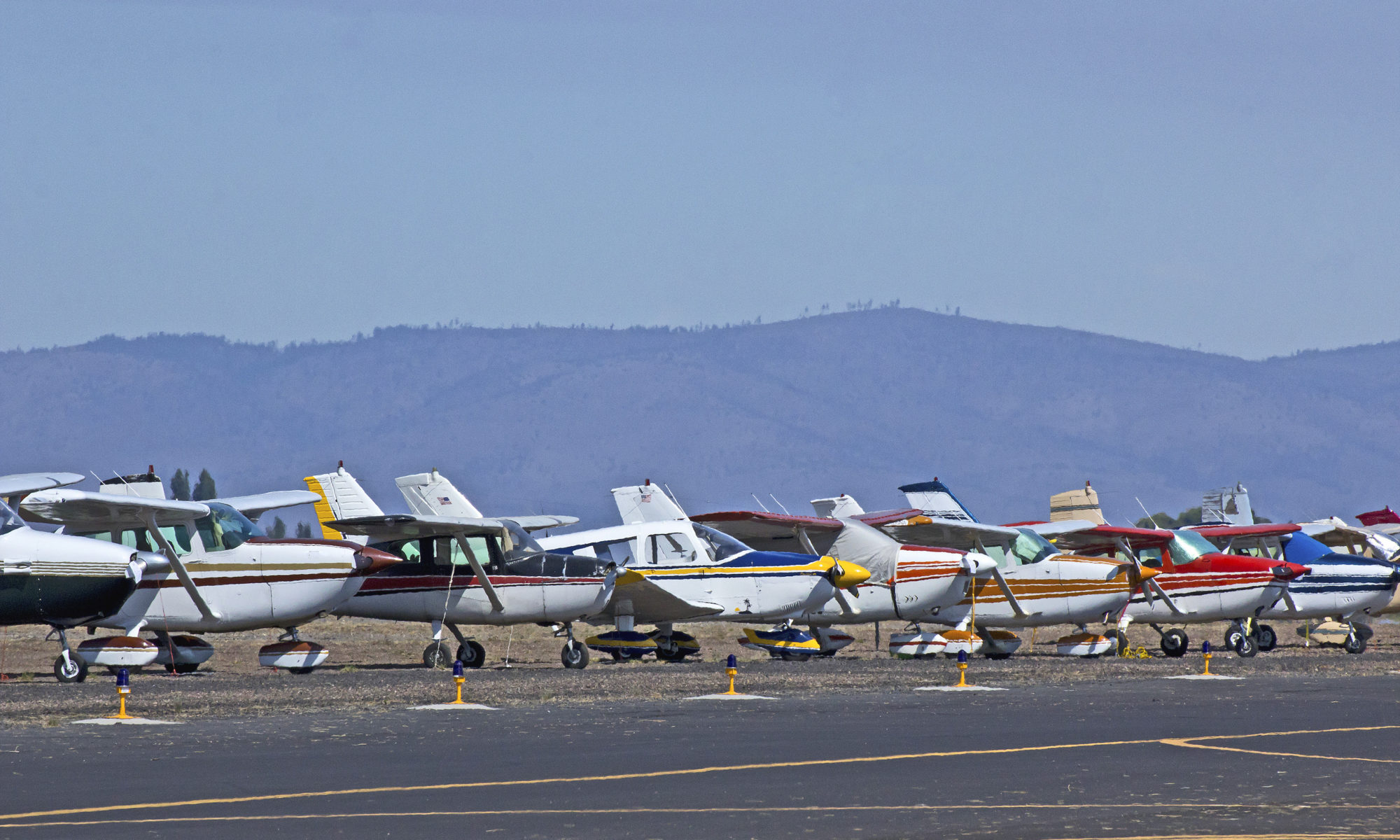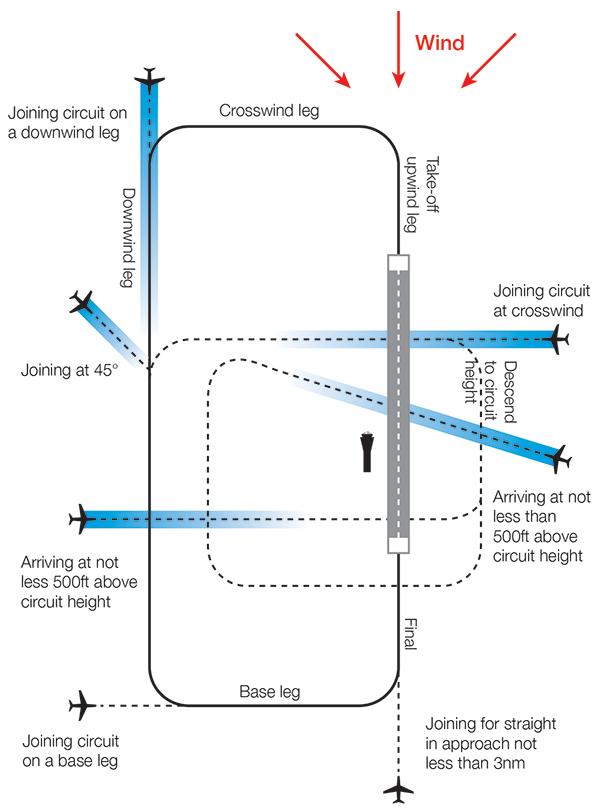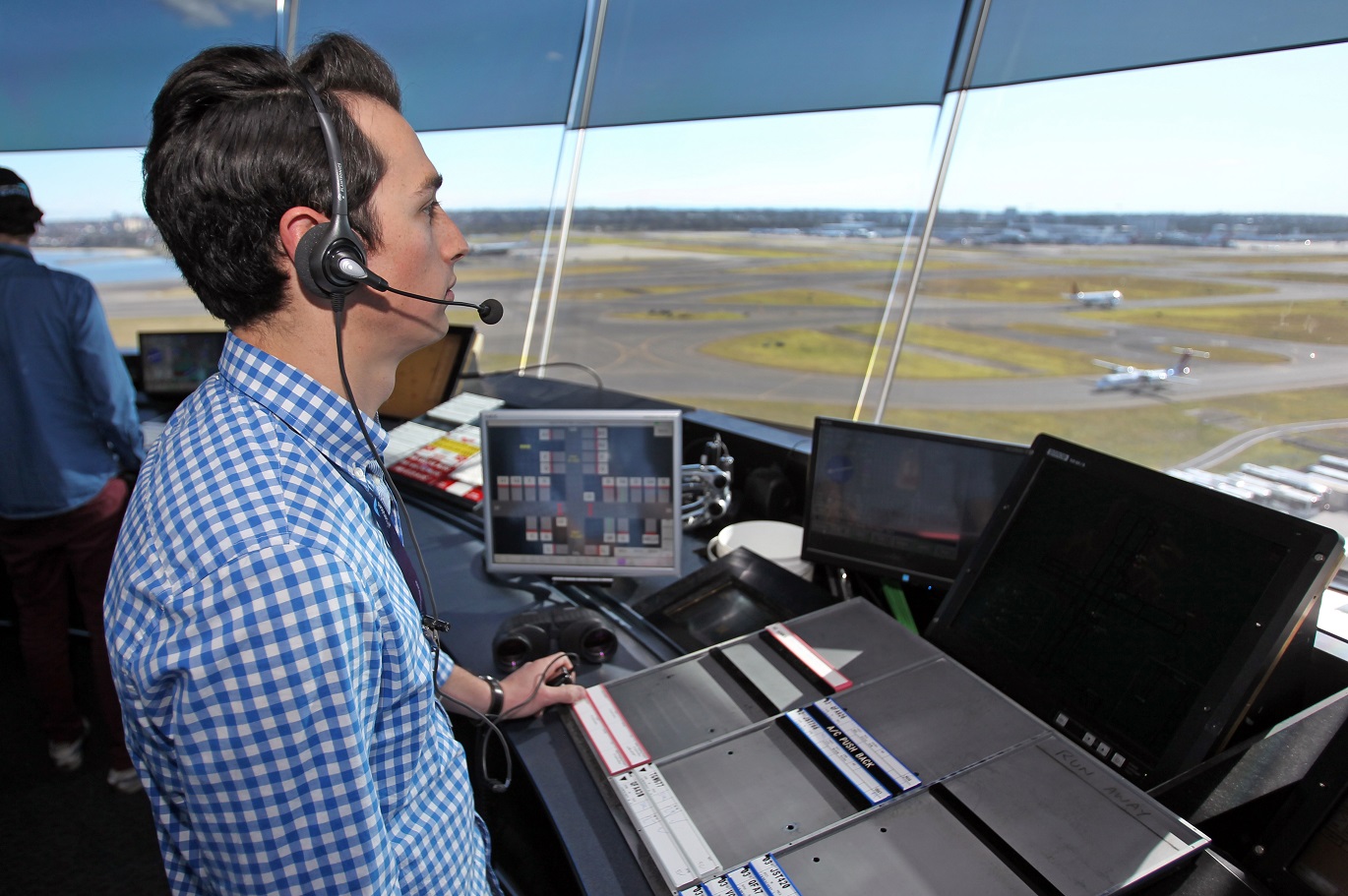Air traffic control manage the traffic to each runway at an airport using a range of operations which can include clearing aircraft to use published flight paths, issuing visual approaches or vectoring for separation and sequencing. As the runway in use changes, the types of operations in use will also change, and so different suburbs and areas are affected by aircraft movements.
Flight paths do not operate in isolation. They are part of an interconnected network. Flight paths need to accommodate aircraft operating constraints, provide terrain clearance and fit into the overall airspace design.
Flight paths at Hobart Airport are designed as standardised tracks that segregate arriving aircraft from departing aircraft.
Arrivals
Jet arrivals into Hobart Airport are generally aligned with the runway approximately 10 kilometres from the runway. From this point, they fly towards the runway in a straight line. This means suburbs and towns in line with the runway are overflown by arriving aircraft. Other suburbs and towns may be overflown by aircraft travelling to join the final approach to align with the runway.
There are two approach paths for each end of the runway, which are used depending on the technology available on-board arriving aircraft. Aircraft can either join the final approach path closer to the airport or, if they do not have the required technology, they can join it approximately 15-18 kilometres from the runway.
The altitude the aircraft will be at when it begins its final approach will depend on the remaining distance of flight to the runway. There is a regulated minimum altitude for aircraft at all stages of arrival that is determined by the height of terrain in the vicinity of the aircraft, however aircraft are usually well above this minimum altitude. Aircraft will generally descend on a glide slope of three degrees.
Departures
Departure flight paths allow aircraft to maintain the runway heading for a short time until they are stabilised in flight, before heading to their destinations. Departure paths also take into consideration any arrival paths or other departure paths that may need to be crossed.
There are separate departure paths for jets and non-jets at Hobart Airport. Jet departures continue straight ahead in their take-off direction for at least 13km before turning. Non-jets are turned off towards their headings sooner after departure. The purpose of non-jets turning sooner aims to make separation and traffic management simpler for air traffic control and improve airport efficiency.
The altitude of aircraft after departure depends on factors, including wind direction and speed, temperature, air pressure, aircraft type and aircraft weight (this can vary depending on passenger numbers and fuel load). All these factors affect an aircraft’s climb rate. There are regulated minimum altitudes (based on terrain heights in the vicinity of flight paths) for aircraft departing a runway, however performance of modern aircraft usually result in aircraft being much higher than minimum regulated altitudes. Aircraft taking off generally climb at a higher gradient than aircraft landing. Minimum altitudes are governed by international standards.
Learn more about how the runway is used on our Hobart Airport Runway page.

